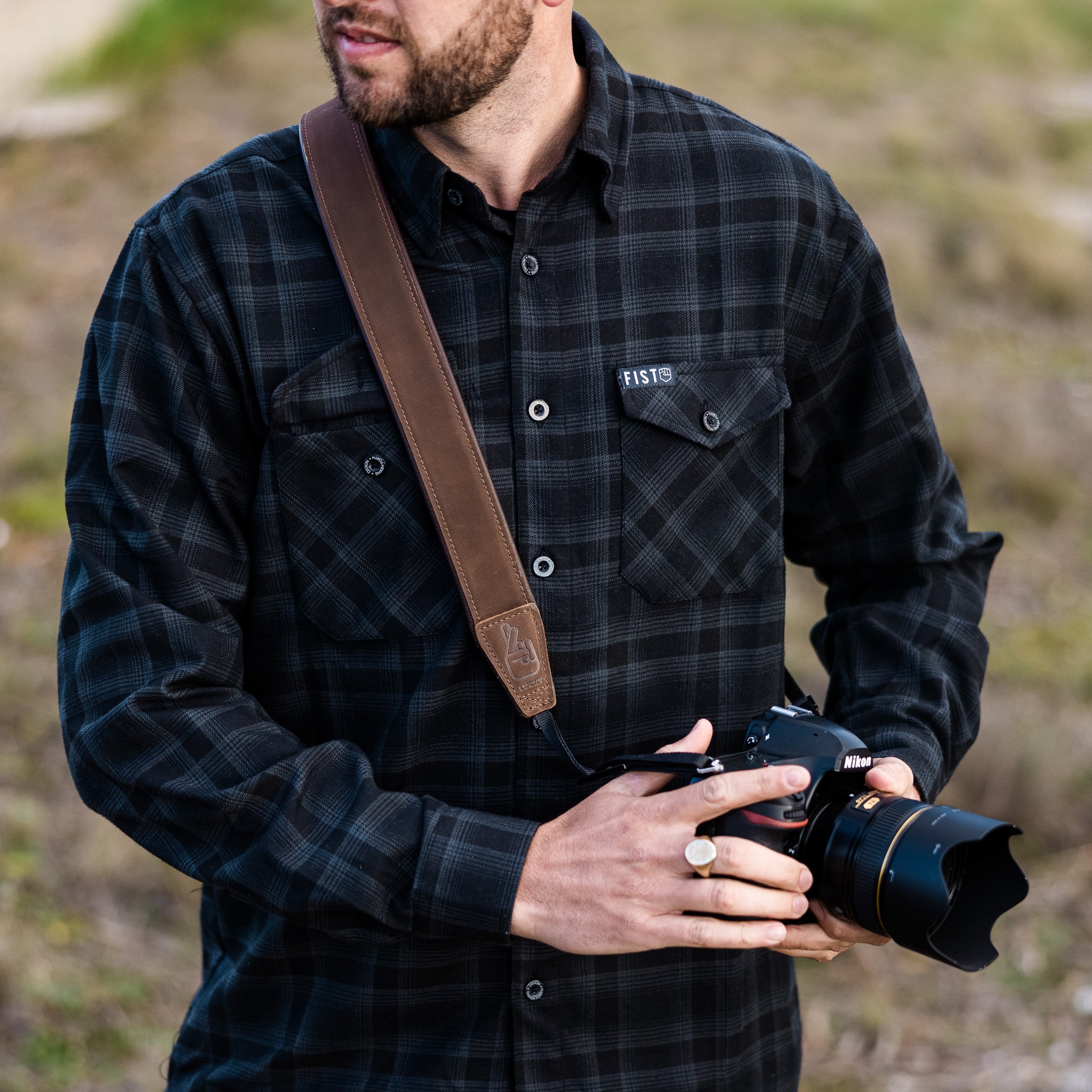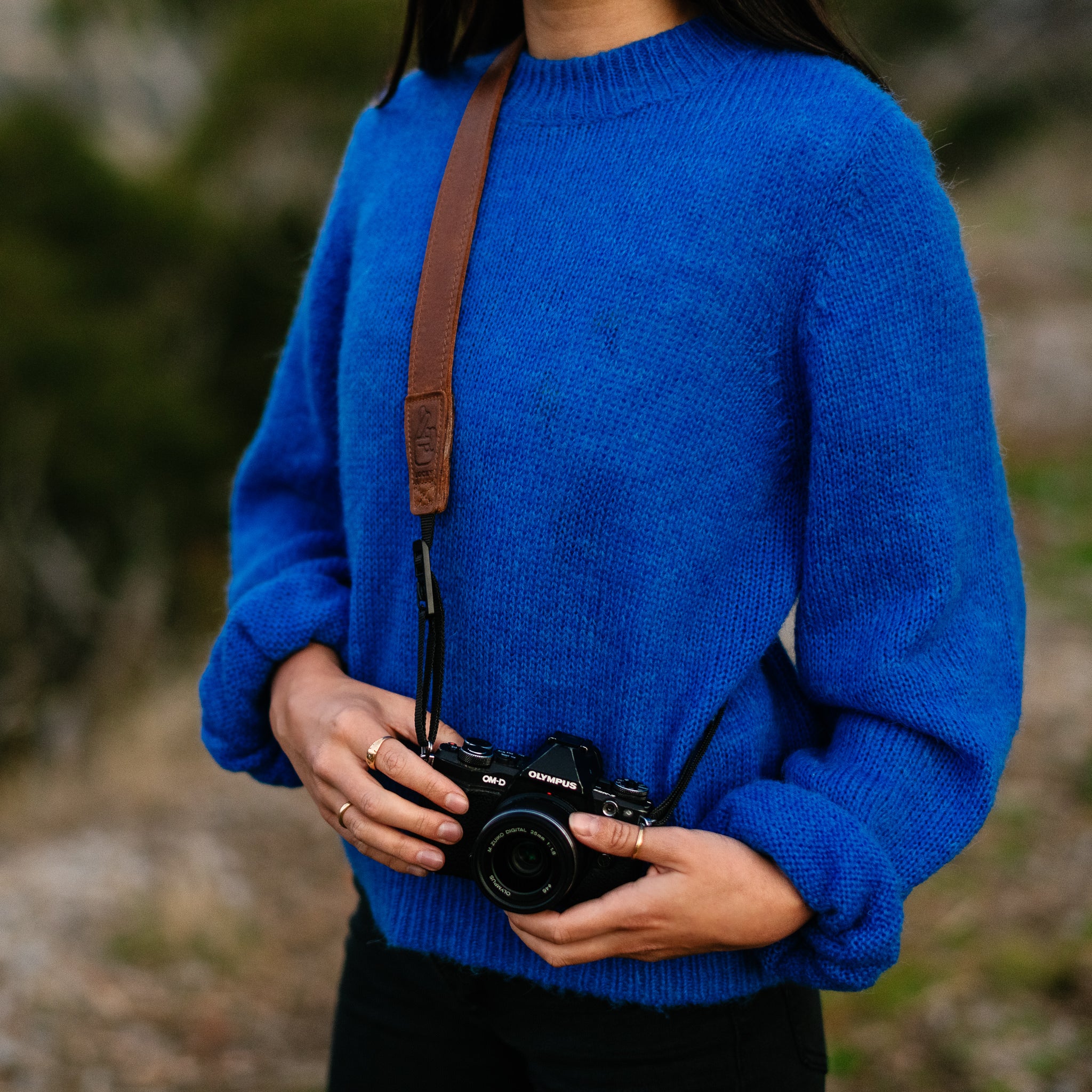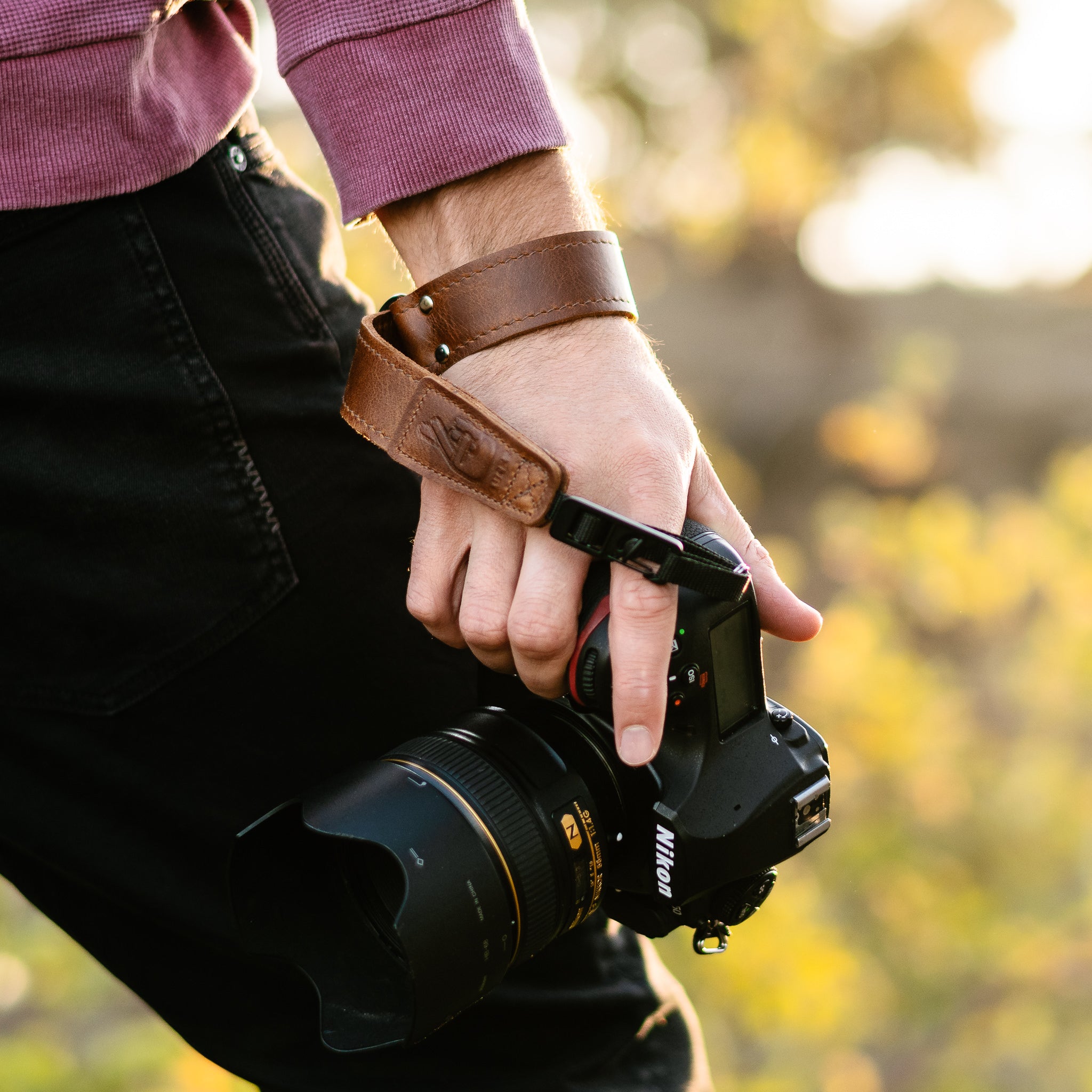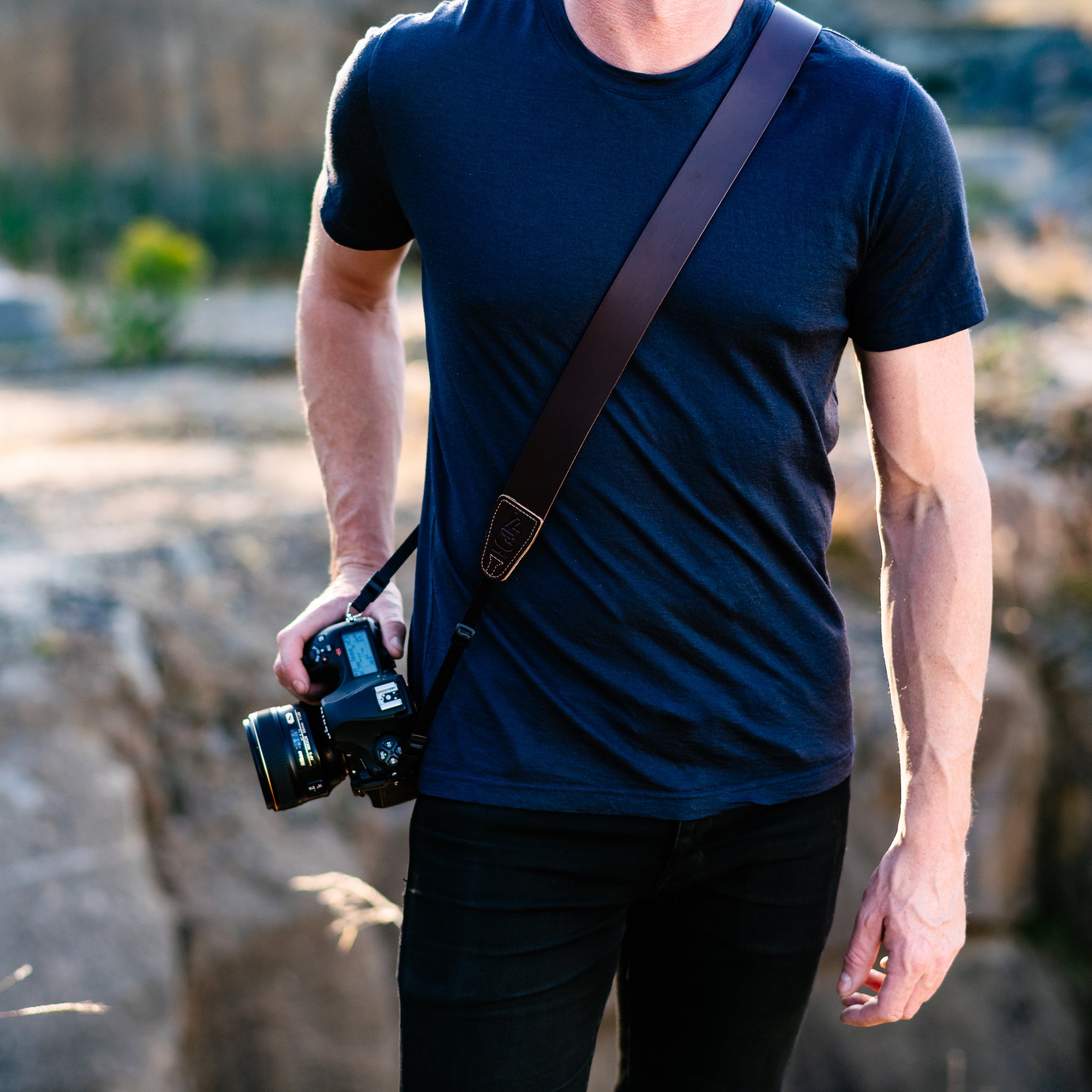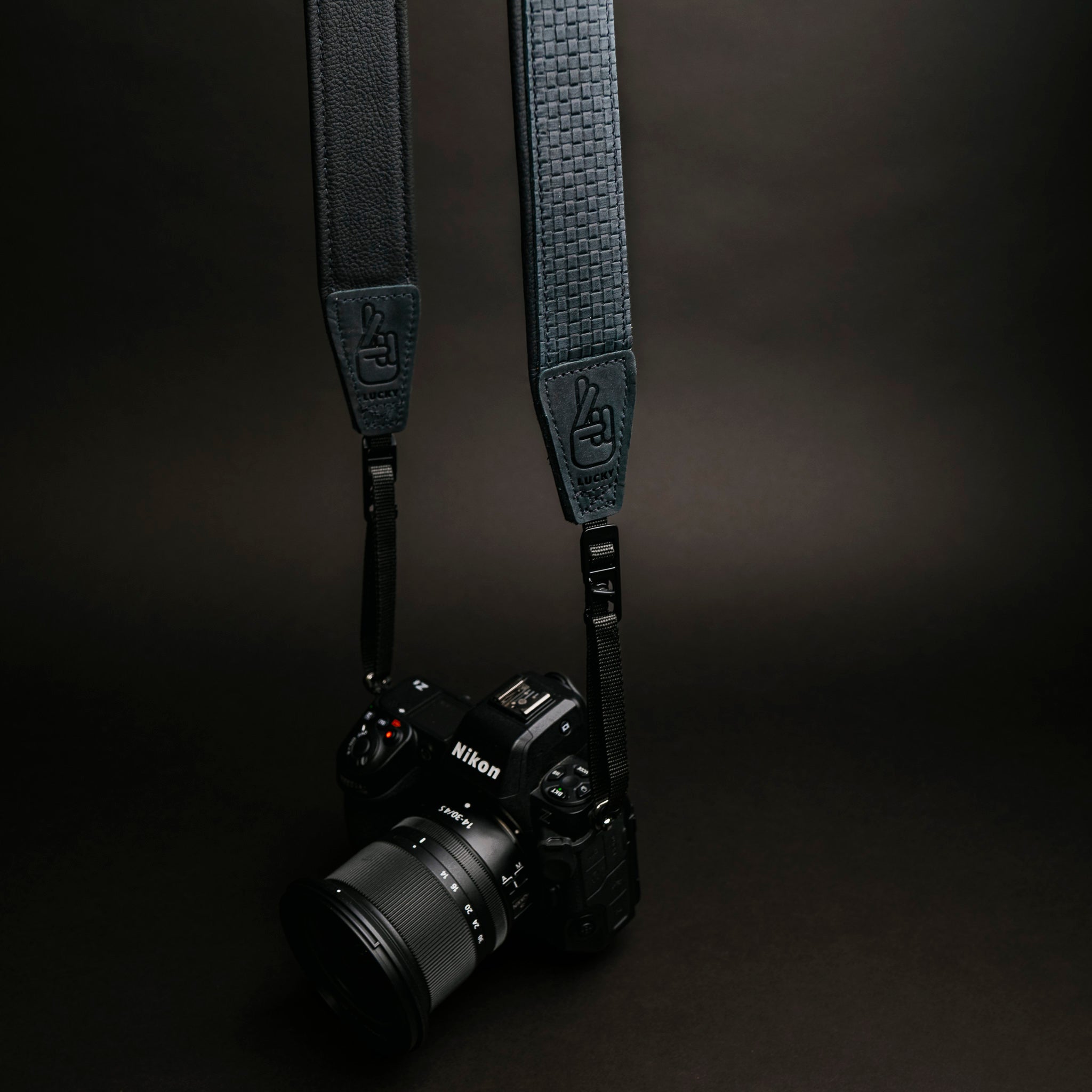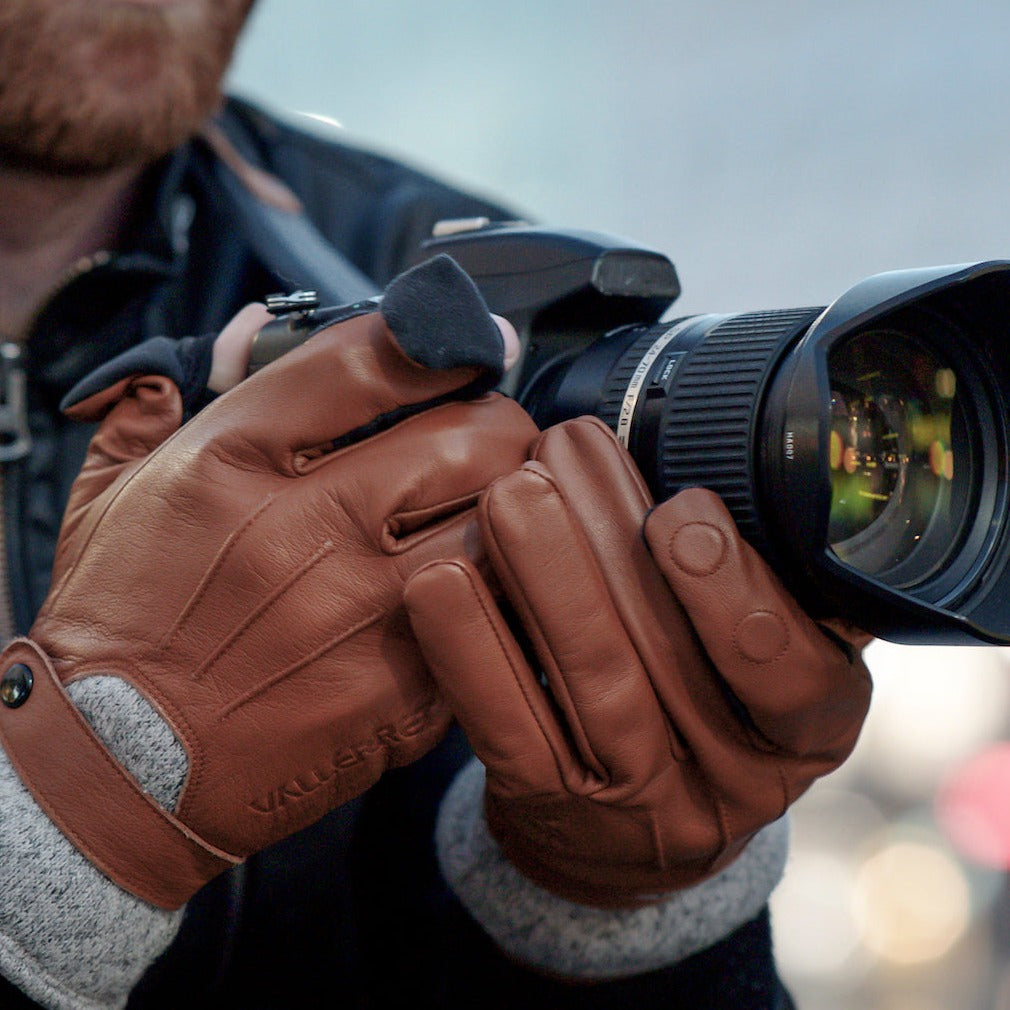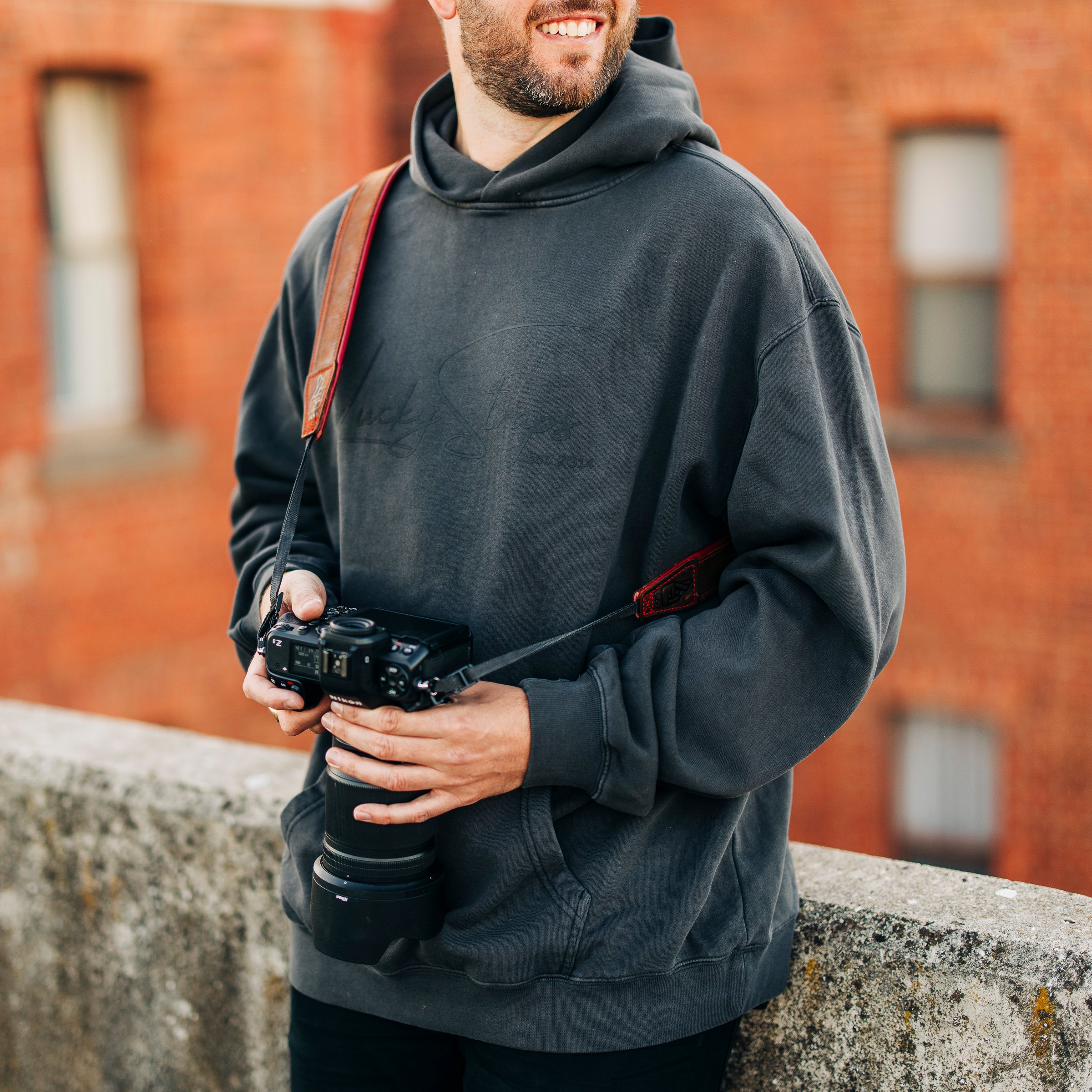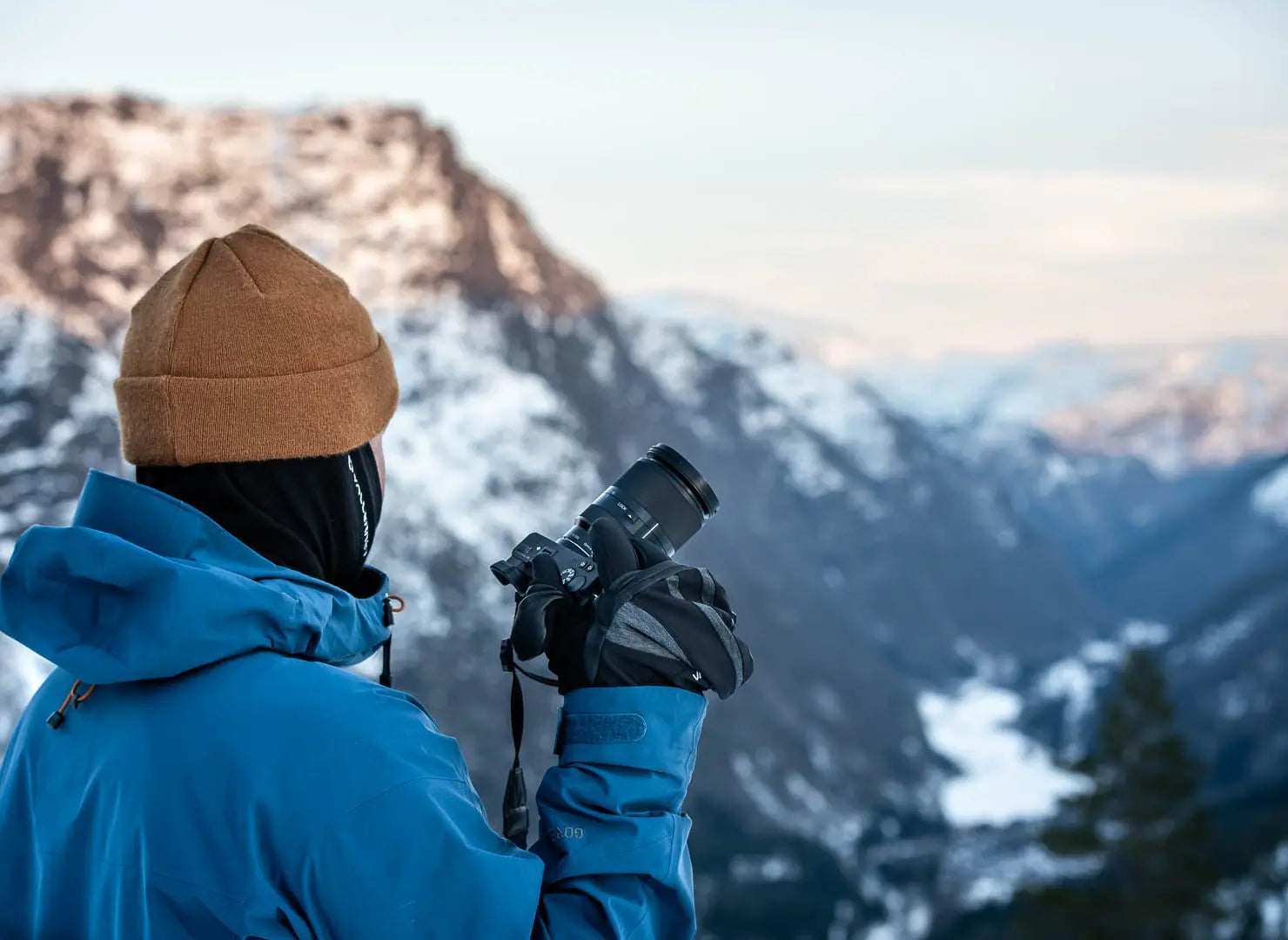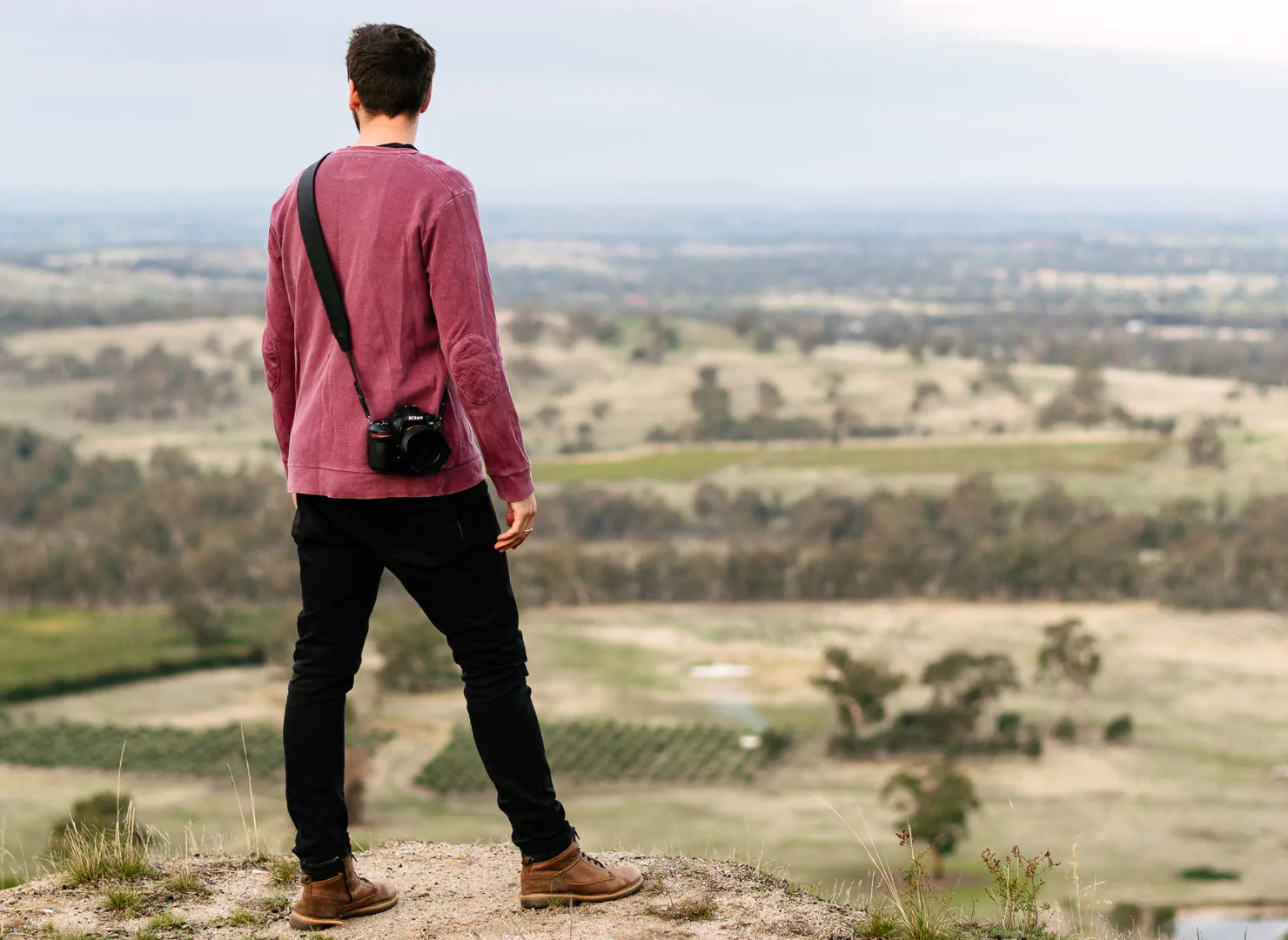Do you feel vulnerable when naked? If your camera could talk, it would say it’s vulnerable when it’s not wearing a lens filter because it’s exposed to the possibility of damage. A filter offers protection and can also include creative advantages, such as cutting haze and eliminating glare. But using the wrong filter at the wrong time can reduce the quality of your photos. This article will enlighten you about which filters to use and explain the benefits for your camera and photography.

Protective Filters
Some filters don’t produce any optical effects; they add a layer of protection to the lens. Your lens is the gateway to your film or sensor, so it pays to ensure light travels through it without obstruction from fingerprints, scratches, and smudges. A clear protective filter is a thin sheet of glass attached to the front of your lens to take the impact of knocks that would otherwise damage the lens itself.
When you are having fun taking photos, it’s sometimes easy to become distracted, and before you know it, your lens has bumped into a rough wall, or salty sea spray has blown onto the glass. Every time you wipe a lens, you risk scratching the glass. It’s less expensive to replace a damaged filter than to buy a new lens. Most people leave a protective filter on their lens until it becomes damaged, and then, having realised the value of this item, they quickly replace it.

Some photographers don’t like having this extra barrier between the film/sensor and the subject of their photography. They think it could diminish the amount of light getting through, create unintentional lens flare, or reduce the clarity of the image. This can be the case if you purchase a low-quality filter. However, premium filters offer transparency and protection without reducing the sharpness of the image. High-quality filters use glass that is ultra-thin and optically pure. They may also have an anti-reflective coating and are fixed within a substantial brass ring instead of a softer aluminium housing.
While it’s true that a lens hood will protect the front of a lens from making contact with solid objects, it won’t prevent the glass from attracting sand, water droplets, dust, and fingerprints. Only a filter shields the lens from these harmful substances.
Ultraviolet (UV) Filters
Back in the days of film photography, celluloid was sensitive to UV light. Placing an ultraviolet filter on the end of the lens blocked UV light from the film and reduced haze in landscape shots. The sensor on modern digital cameras reduces the effect of UV light, so it’s not as essential to have one of these filters on your lens. However, dust particles and pollution can cause atmospheric haze, which can be overcome with a UV filter. A high-quality ultraviolet filter increases contrast, making the image seem clearer. Even though an ultraviolet filter may no longer be necessary to block UV rays from a digital sensor, it is still a good way to add a protective barrier to the lens.
Skylight Filters
When transparency film was popular, clear blue skies created cold colour tones on slides. Skylight filters had a pink tint to compensate for cool images. While the skylight filter was helpful on a film camera, it is ineffective when attached to the lens of a digital device. If a skylight filter is attached to the lens of a digital camera, the automatic white balance overrides this pink tinge, so it neutralises the effect. The auto-white balance on digital cameras overcomes most colour-balance requirements, so a skylight filter is no longer needed. It doesn’t do any harm, however. In other words, a skylight filter on a digital camera adds another level of protection for the lens without any specific properties or extra advantages.
Polarising Filters
If you ever talk to a travel photographer who earns a living photographing tropical beaches, ask them to tell you about their favourite accessory. They’ll talk for ages about the unique properties of a polarising filter. They love this form of filtration because it greatly affects seascapes.
Polarising filters virtually eliminate glare and distracting reflections from the water. They darken blue skies and turn clouds into eye-catching features. The vista becomes more vivid, and there’s greater contrast, yet colour tones remain natural.

If you photograph the ocean, landscapes, or any outdoor scenes, you’ll be amazed at the difference a polarising filter can make to these shots. After screwing a polarising filter onto your lens, rotate the secondary ring while looking at your subject through the viewfinder—the amount of polarising effect changes with each degree of rotation. Editing software can’t compete with what you can capture with a polarising filter, so it is an essential accessory for most photographers.
Neutral Density (ND) Filters
Flowing waterfalls in forests and smooth wave effects at a beach are usually made possible with a neutral density filter which blocks varying degrees of light without affecting the clarity of the image. This means that even in bright sunny conditions, you can shoot at wide apertures to have more options for depth of field or produce creative and intentional blur through slow shutter speeds. Neutral density filters are available in various intensities, depending on how much of the light you want to control.

Graduated Neutral Density Filters
Why block light from all of a landscape if you only want to darken the sky? This effect is possible with a graduated neutral density filter. It’s a way of equalising the exposure in any scene. While a standard ND filter has an even edge-to-edge degree of density, a graduated filter usually is clear at one edge and builds up density levels toward the opposite side of the filter.
Filtering the Possibilities
Each of the filter options mentioned above has valuable applications in photography. Depending on the type of photography you fancy, they can add creative elements to your shots, save your photos from overexposure, improve colour saturation, or protect your lens from environmental damage. If you are a keen photographer or videographer, one of these filters should be on each of your lenses at all times.

